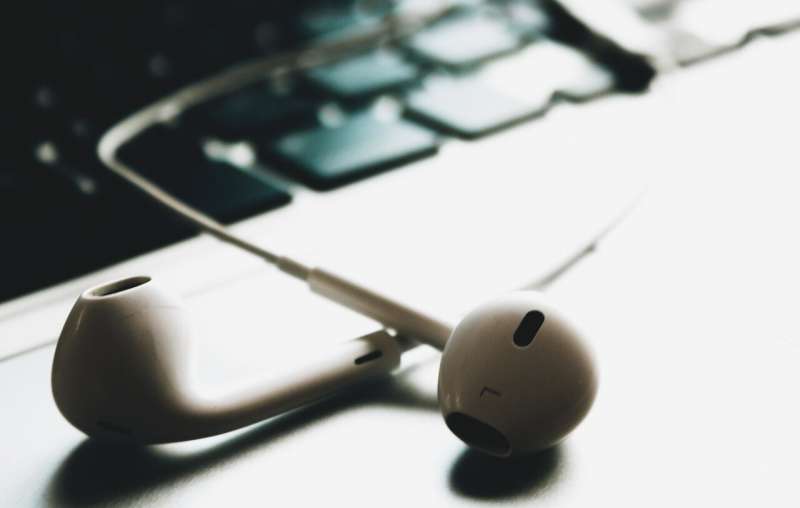Using a Fitbit and music to counteract insomnia

Lots of people like to listen to music at bedtime. With the advent of the portable music player and in-ear headphones, this phenomenon has become widespread. Of course, music can help improve our state of mind and perhaps even help those who suffer from insomnia to get to sleep. The downside is that once you have fallen asleep the music will keep playing and this might have detrimental effects on how deeply you sleep afterwards and perhaps even cause issues in terms of damage to hearing.
Research published in the International Journal of Medical Engineering and Informatics offers a novel solution to defeating insomnia with music but without the risk to one's hearing. Shriram Vasudevan, Ikram Shah, Sriharsha Patallapalli, S. Karthikeyan, S. Subhash Chandran, and U. Adithya Bharadwaj of Amrita University, Coimbatore, India are the team behind the new approach. Their wearable, Fitbit, based system allows one to nod off while listening to music but once one has actually fallen asleep the music is muted. This team says means there should be no disturbance of normal sleep patterns caused by the music continuing to play and no risk to hearing.
Fundamentally, their software monitors the data from the Fitbit and calculates when the person has most likely fallen to sleep so that the music can be muted without disturbing them. Of course, many sleepers set a timer on their music to switch it off within a few minutes or an hour or so, but that only has benefits if one has actually fallen asleep. The monitored approach means the music only stops once the user is fast asleep.


















